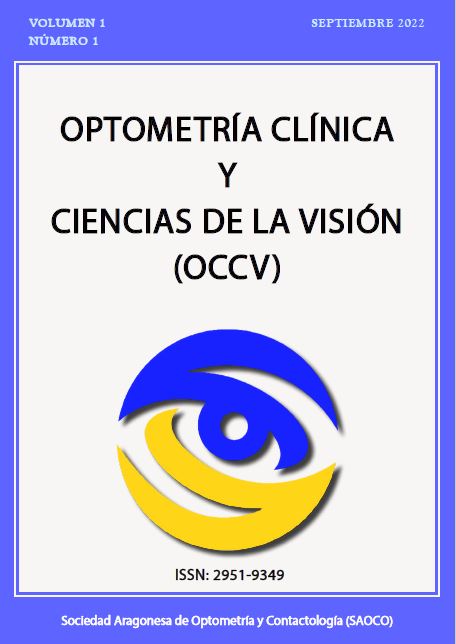Sports Neuro-optometry
Keywords:
Sports Optometry, Blindness, Neuro-optometry, Neuro-ophthalmology, Sports Neuro-optometryAbstract
Relevance: Introduction of a new discipline combining highly applicable areas such as sports optometry and neuro-optometry, with professional interaction between two sectors: optometry (low vision and sports optometry) and neuro-ophthalmology. Data is provided to explain the term.
Summary: Sports neuro-optometry is a set of disciplines aimed at addressing athletes' vision, ranging from the best possible vision to total blindness with remaining visual function, with values below 2.6 logMAR. In cases of visual problems with neurological involvement, a comprehensive protocol is activated, including an optometric examination for basic refraction, measurement of binocular vision and accommodation, as well as any other tests that clarify the neurological level and treatment possibilities to improve sports performance.
References
Clark, J.F., et al., Vision training methods for sports concussion mitigation and management. J Vis Exp, 2015(99): p. e52648.
Jabnoun, S., R. Borji, and S. Sahli, Postural control of Parkour athletes compared to recreationally active subjects under different sensory manipulations: A pilot study. Eur J Sport Sci, 2019. 19(4): p. 461-470.
Romeas, T. and J. Faubert, Soccer athletes are superior to non-athletes at perceiving soccer-specific and non-sport specific human biological motion. Front Psychol, 2015. 6: p. 1343.
Meng, F.W., et al., Team sport expertise shows superior stimulus-driven visual attention and motor inhibition. PLoS One, 2019. 14(5): p. e0217056.
Nuri, L., et al., Reaction time and anticipatory skill of athletes in open and closed skill-dominated sport. Eur J Sport Sci, 2013. 13(5): p. 431-6.
Kellmann, M., Preventing overtraining in athletes in high-intensity sports and stress/recovery monitoring. Scand J Med Sci Sports, 2010. 20 Suppl 2: p. 95-102.
Bidzan-Bluma, I. and M. Lipowska, Physical Activity and Cognitive Functioning of Children: A Systematic Review. Int J Environ Res Public Health, 2018. 15(4).
Ciuffreda, K.J. and B. Tannen, Future directions in neuro-optometry. Concussion, 2020. 5(4): p. Cnc80.
Cohen, A.H., Vision rehabilitation for visual-vestibular dysfunction: the role of the neuro-optometrist. NeuroRehabilitation, 2013. 32(3): p. 483-92.
Hunfalvay, M., et al., Smooth Pursuit Eye Movements as a Biomarker for Mild Concussion within 7-Days of Injury. Brain Inj, 2021. 35(14): p. 1682-1689.
Zelinsky, D. and C. Feinberg, Quantitative electroencephalograms and neuro-optometry: a case study that explores changes in electrophysiology while wearing therapeutic eyeglasses. Neurophotonics, 2017. 4(1): p. 011013.
Verghese, P., S.P. McKee, and D.M. Levi, Attention deficits in Amblyopia. Curr Opin Psychol, 2019. 29: p. 199-204.
Irving, E.L., et al., Prevalence of Convergence Insufficiency in Parkinson's Disease. Mov Disord Clin Pract, 2017. 4(3): p. 424-429.
Kwan, S.C.K., et al., Ocular features of patients with Parkinson's disease examined at a Neuro-Optometry Clinic in a tertiary eye care center. Indian J Ophthalmol, 2022. 70(3): p. 958-961.
Tannen, B., et al., Prevalence of esophoria in concussed patients. J Optom, 2019. 12(1): p. 64-68.
Reddy, A.V.C., et al., Reading eye movements in traumatic brain injury. J Optom, 2020. 13(3): p. 155-162.
Harle, D.E. and B.J. Evans, The optometric correlates of migraine. Ophthalmic Physiol Opt, 2004. 24(5): p. 369-83.
Zhang, Y., et al., Advances in retina imaging as potential biomarkers for early diagnosis of Alzheimer's disease. Transl Neurodegener, 2021. 10(1): p. 6.
Heath Jeffery, R.C., et al., Unequal pupils: Understanding the eye's aperture. Aust J Gen Pract, 2019. 48(1-2): p. 39-42.
Kapoor, N. and K.J. Ciuffreda, Assessment of neuro-optometric rehabilitation using the Developmental Eye Movement (DEM) test in adults with acquired brain injury. J Optom, 2018. 11(2): p. 103-112.
Formenti, D., et al., Perceptual vision training in non-sport-specific context: effect on performance skills and cognition in young females. Sci Rep, 2019. 9(1): p. 18671.
Land, M.F., Vision, eye movements, and natural behavior. Vis Neurosci, 2009. 26(1): p. 51-62.
Schwab, S. and D. Memmert, The impact of a sports vision training program in youth field hockey players. J Sports Sci Med, 2012. 11(4): p. 624-31.
Jenerou, A., B. Morgan, and R.S. Buckingham, A Vision Training Program's Impact on Ice Hockey Performance. 2015, Optometry & visual performance.
Vater, C., S. Luginbühl, and L. Magnaguagno, Testing the functionality of peripheral vision in a mixed-methods football field study. J Sports Sci, 2019. 37(24): p. 2789-2797.
Beavan, A., et al., The effect of stroboscopic vision on performance in a football specific assessment. Sci Med Footb, 2021. 5(4): p. 317-322.
Kirscher, D.W., Sports vision training procedures. Optom Clin, 1993. 3(1): p. 171-82.
Appelbaum, L.G., et al., Improved Visual Cognition through Stroboscopic Training. Front Psychol, 2011. 2: p. 276.
Mon-López, D., et al., Air shooting competition effects on visual skills depending on the sport level. Eur J Sport Sci, 2022. 22(3): p. 336-343.
Leong, D., et al., Visual Structure and Function in Collision Sport Athletes. J Neuroophthalmol, 2018. 38(3): p. 285-291.
Malik, R.N., R. Cote, and T. Lam, Sensorimotor integration of vision and proprioception for obstacle crossing in ambulatory individuals with spinal cord injury. J Neurophysiol, 2017. 117(1): p. 36-46.
Büttner, F., et al., Participation in pre-injury level sport one-year following sport-related concussion: A prospective, matched cohort study. J Sci Med Sport, 2021. 24(6): p. 561-566.
Tapper, A., et al., Executive function deficits in team sport athletes with a history of concussion revealed by a visual-auditory dual task paradigm. J Sports Sci, 2017. 35(3): p. 231-240.
Additional Files
Published
Issue
Section
Categories
License
Copyright (c) 2024 Revista Optometría Clínica y Ciencias de la Visión

This work is licensed under a Creative Commons Attribution-NonCommercial 4.0 International License.



